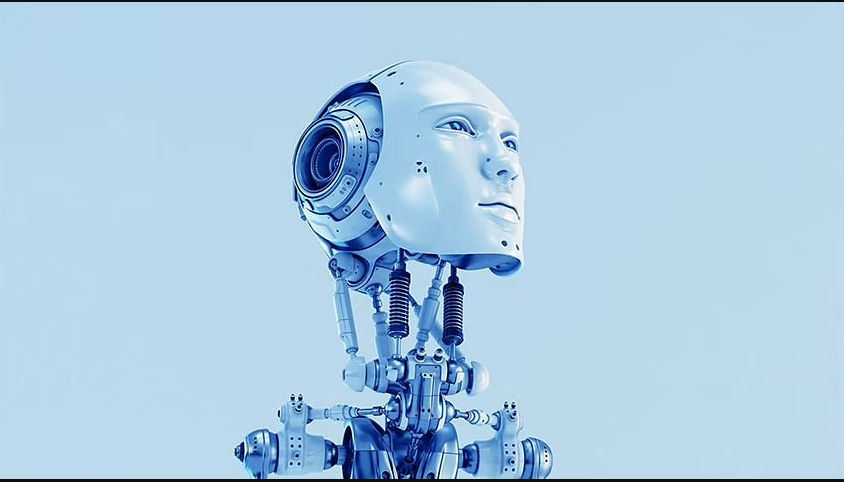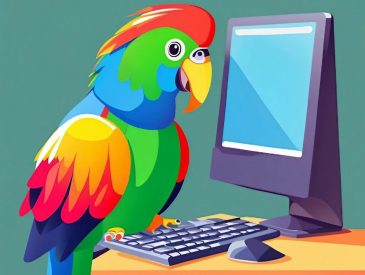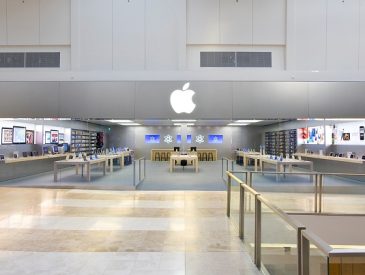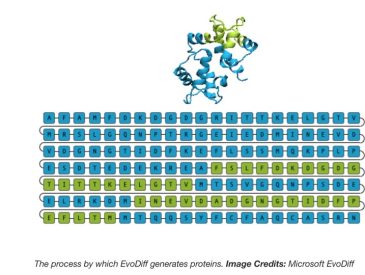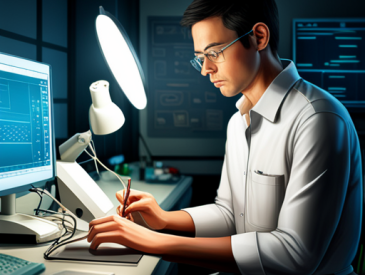RT-2 AI A Breakthrough in Robotic Technology
Google’s DeepMind research team has developed Robotics Transformer 2 (RT-2), an artificial intelligence model that allows humans to communicate with robots and teach them what to do. This groundbreaking innovation could redefine the realm of robotics by enabling robots to understand and “speak” the language of their operations.
Learning from the Web
RT-2 is a pioneering vision-language-action model that learns from text and image data gathered from the web. It employs transformer-based techniques to acquire general concepts and ideas, which it then applies to inform robotic behaviors. This means that robots can now learn from web data and directly perform actions without explicit training.
Overcoming Historical Challenges
Historically, training robots to perform tasks in real-world environments has been a complex and time-consuming process. Robots have required training on billions of data points to handle abstract concepts and apply them practically. RT-2 disrupts this traditional approach by simplifying the training process and allowing robots to quickly adapt to new situations and environments.
Advancements in Robotic Technologies
Recent advancements in robotic technologies, such as vision models, have improved robots’ abilities to reason and solve multistep problems. Prior models like RT-1 demonstrated the capability of transformers to facilitate learning across different types of robots. RT-2 builds upon these advancements by combining complex reasoning and action output in a single model, making it more efficient and effective in performing tasks.
Learning Like Humans
RT-2’s ability to transfer information into actions enables robots to learn much like humans do. By applying previously learned concepts to new situations, RT-2 performs as well as its predecessor, RT-1, on trained tasks and nearly doubles its performance on novel scenarios. This adaptability and versatility bring us closer to the development of truly helpful robots in human-centered environments.
The Future of Robotics
The advent of models like RT-2 demonstrates the rapid influence of AI advancements on robotics. As we continue to push the boundaries of technology, the promise of more versatile and general-purpose robots becomes even more significant. While there is still work to be done, RT-2 provides an exciting glimpse into the achievable future of robotics.

